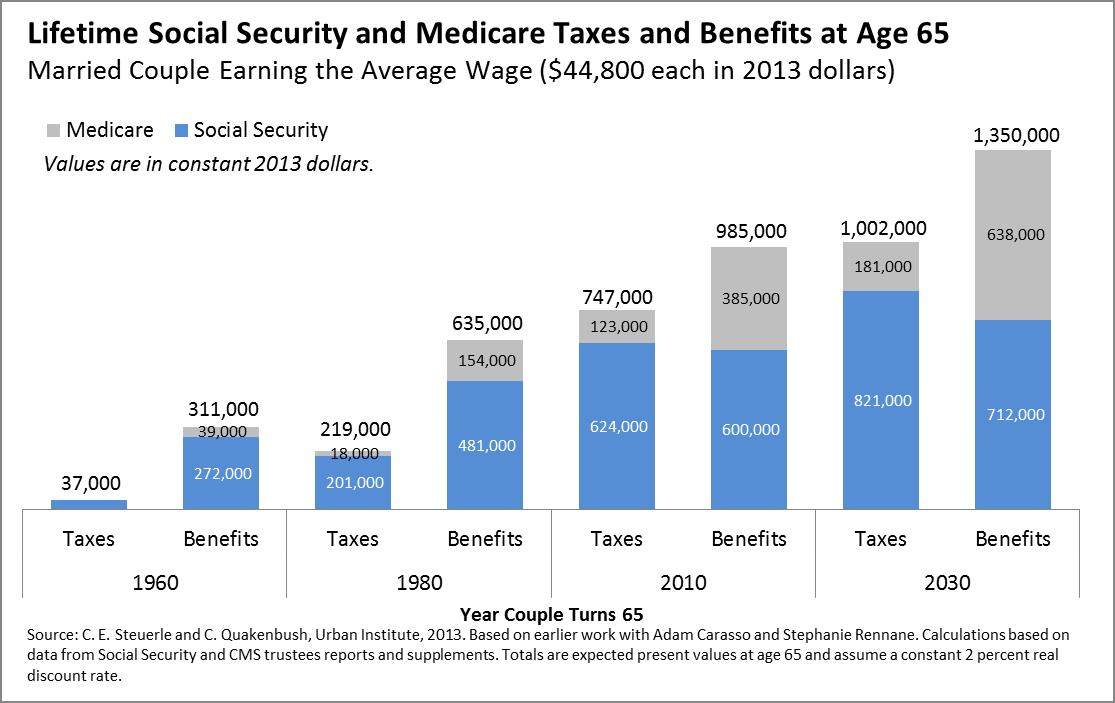"Growth in New Disabled-Worker Entitlements, 1970–2008"
Social Security Bulletin 73(4): 25-48, 2013
DAVID PATTISON, Government of the United States of America - Social Security Administration
Email: david.h.pattison@ssa.gov
HILARY WALDRON, U.S. Social Security Administration
Email: hilary.waldron@ssa.gov
In this article, we analyze the growth in new disabled-worker entitlements from 1970 through 2008. The number of newly entitled workers has increased along with the working-age population because more women worked and became insured for disability, and the baby boom generation moved into disability-prone ages. We decompose this incidence growth into the part attributable to those factors and a residual part attributable to factors like program changes or business cycle fluctuations.
We find that the three factors — (1) population growth, (2) growth in the proportion of women insured for disability, and (3) movement of the large baby boom generation into disability-prone ages — explain 90 percent of the growth in new disabled-worker entitlements over the 36-year subperiod (1972–2008) and 94 percent of the growth over the second half of that period (1990–2008). Comparing the earlier period to the later, a seeming speedup in disability incidence in 1990–2008 relative to 1972–1990 disappears once we account for the changing demographic structure.
Read more!




